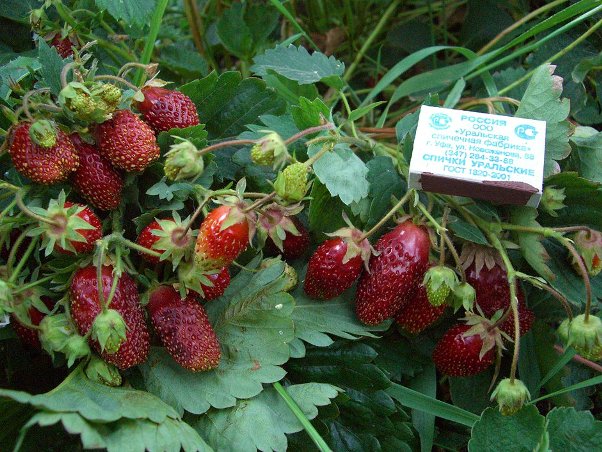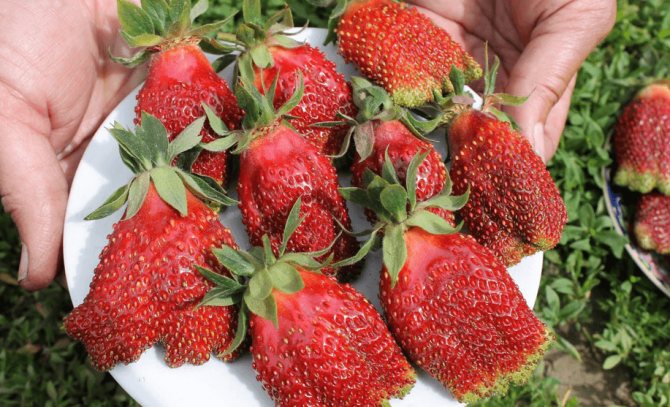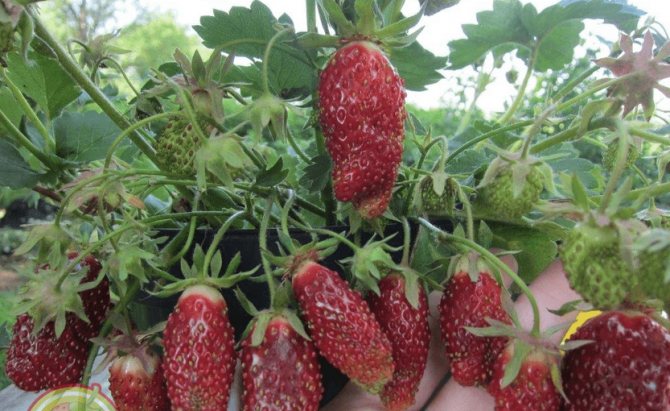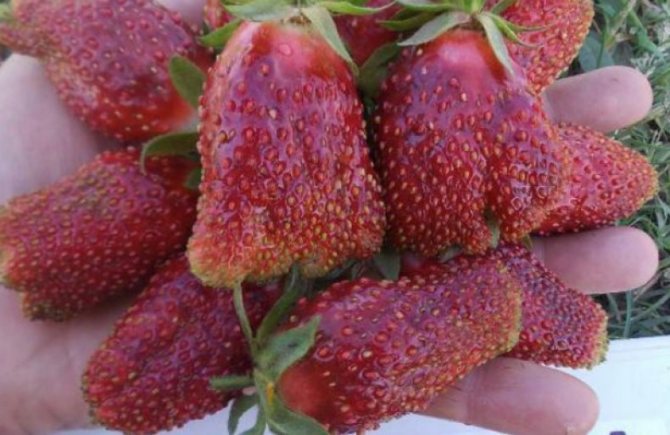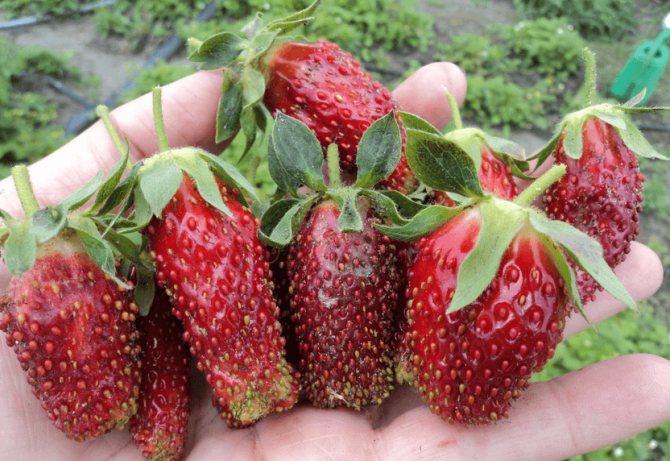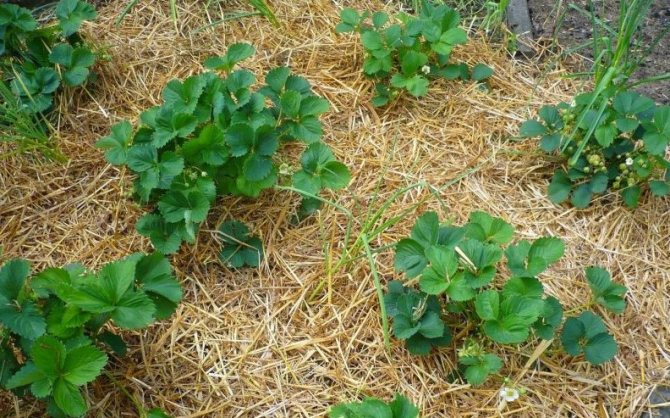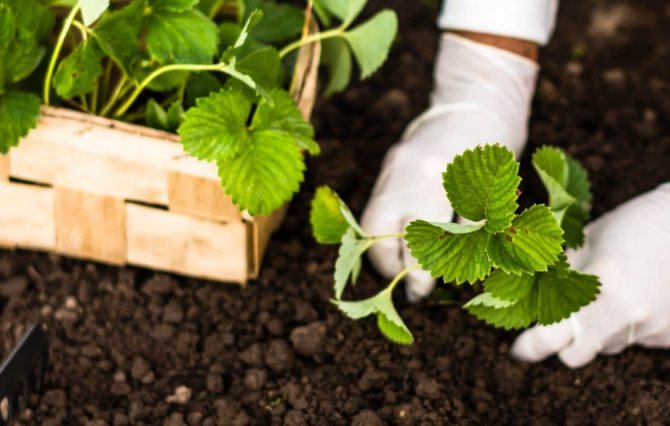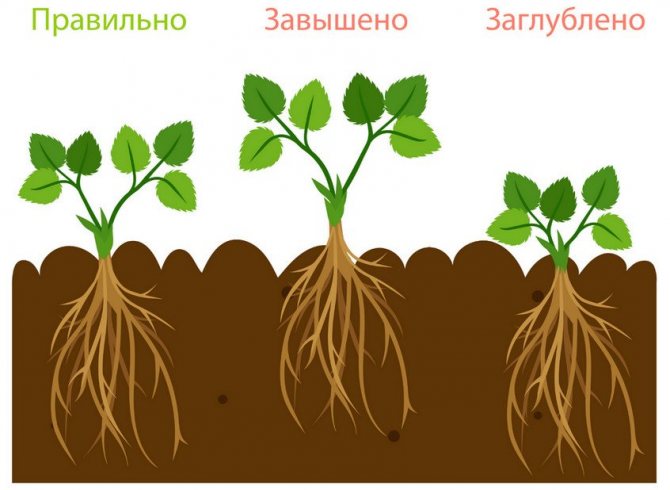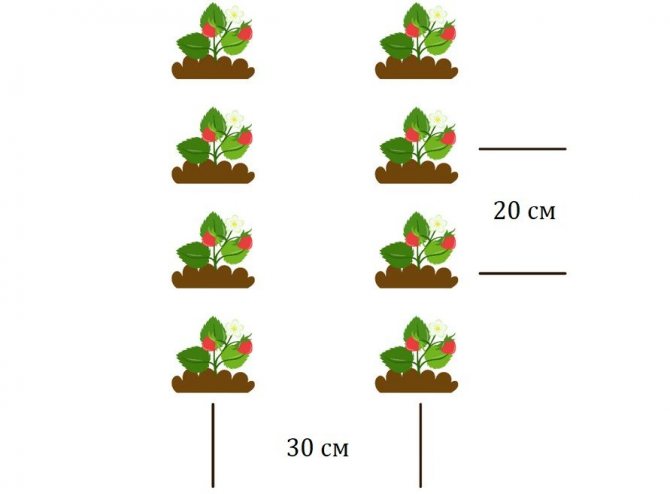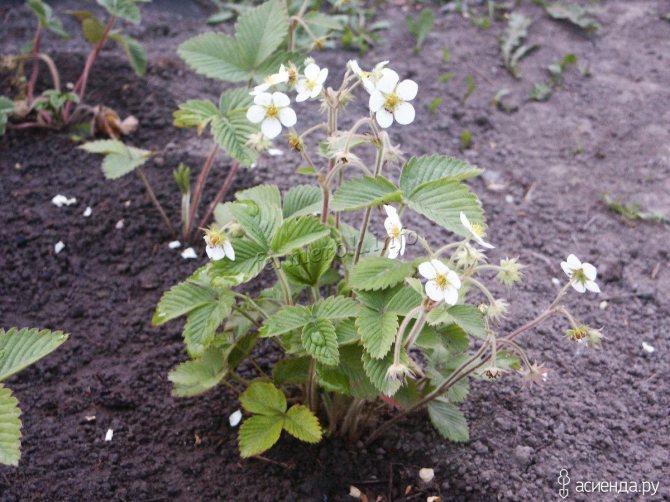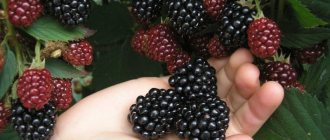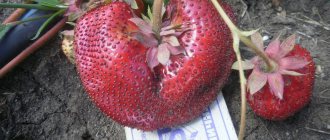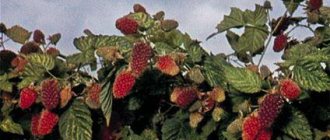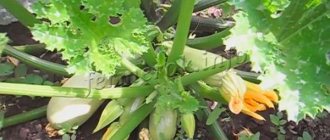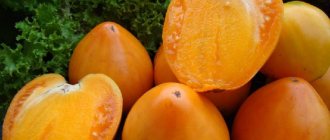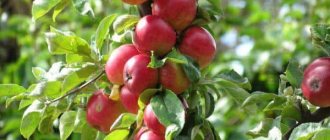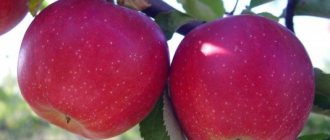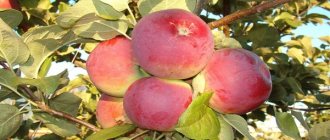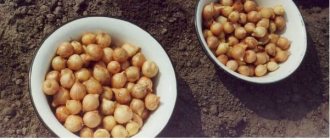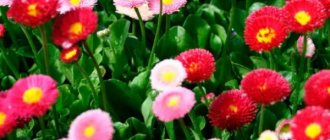Home / Garden / Berries
Back to
Published: 09/29/2019
Reading time: 8 min
0
153
5 / 5 ( 1 voice)
5 / 5 ( 1 voice)
To be precise in terminology, the “merchant's wife” strawberry is not at all the kind of berry that summer residents are used to growing, but a hybrid form patented under the name “zemlunika”. The variety appeared thanks to the labors of breeders back in the 60s in the USSR. Nowadays, the dugout is becoming popular again.
- 1 The history of the appearance of the hybrid "merchant's wife"
- 2 Main characteristics
- 3 Features of agricultural technology 3.1 Selection and preparation of the site
- 3.2 Landing
The history of the appearance of the hybrid "merchant"
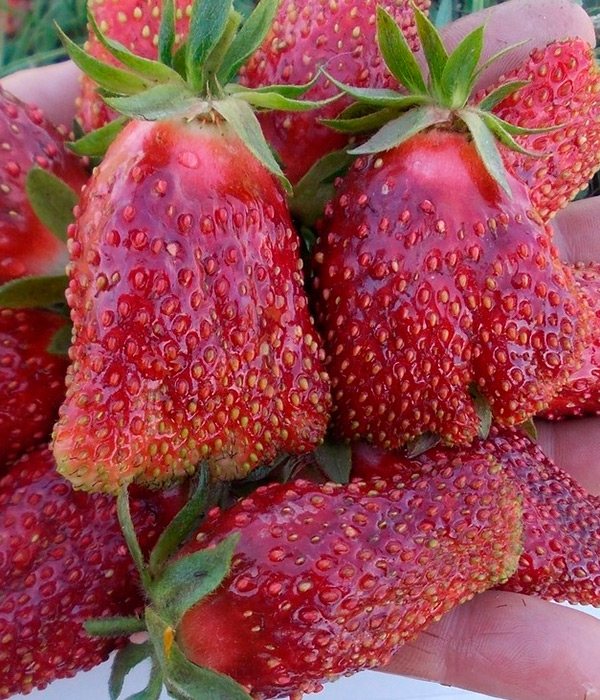
The landowner "merchant" was obtained at the famous experimental site in the village of Kokino, Bryansk region. The authorship belongs to the well-known breeder, Professor S. D. Aitzhanova, who has been working for more than three decades on the breeding of various varieties of garden strawberries.
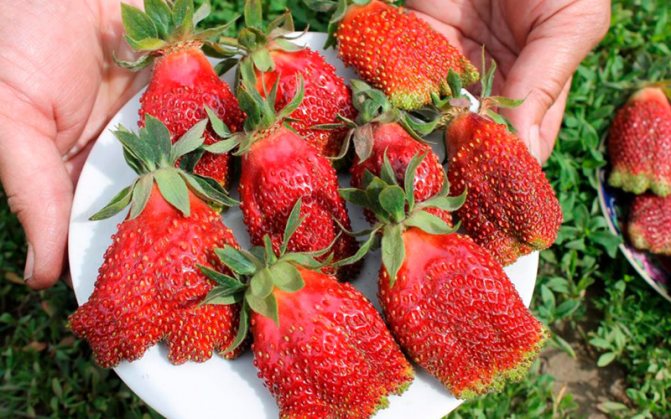

The parental forms of the "merchant" are certain varieties of garden strawberries (Fragaria ananassa) and strawberries (Fragaria moschata). The main task that the breeders tried to solve was the breeding of large-fruited berries, since the strawberry-strawberry hybrids of the first generations were small-fruited and with a low berry setting.
Numerous photos and reviews of gardeners show that the result is excellent. The landowners gave the new hybrid the name "merchant's wife". According to the strawberries and their characteristics, in 2014 they issued an application for admission, in 2020 the hybrid was included in the list of the State Register of the Russian Federation (see video).
On a note! Of the numerous varieties of zemluniki bred by breeders, only this one has been registered in the State Register for 2019.
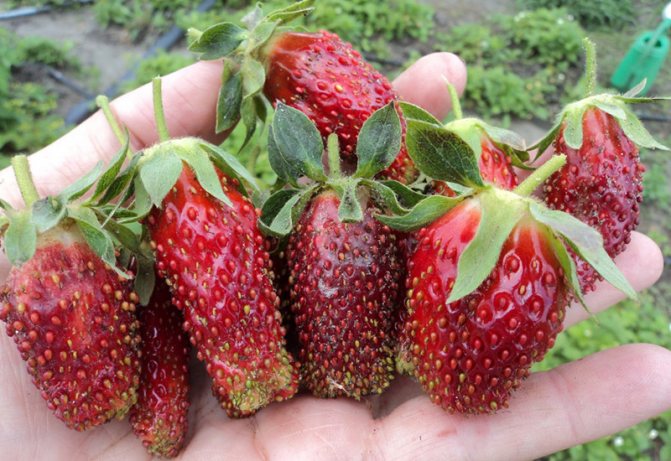

Along with the varieties "crumb" and "anastasia", "merchant's wife", which has no analogues in the world, is the pride of the Kokino breeding center.
Description of the variety
This berry is a hybrid of wild strawberry and musky strawberry. She has the following features:
- bush is dense, spherical;
- leaves are rounded, their surface is shiny, smooth;
- high yield in any weather;
- good portability;
- the mustache is formed moderately, which makes it easier to care for the bushes;
- the variety is shade-resistant, mid-season, it tolerates heat well.
Interesting! The ancient Greeks believed that the first strawberries appeared from the tears of Aphrodite, who mourned Adonis, her lover.
Main characteristics
The variety description gives an idea of what to expect. Despite the kinship with garden strawberries, often called Victoria in everyday life, outwardly the culture differs from its "parent". Bushes are medium-sized, spherical, dense. The leaf blades are slightly concave in the middle, wide, wrinkled. Strong ribbing of the leaves is noticeable, the color is bright green, along the edge there are wide obtuse teeth.
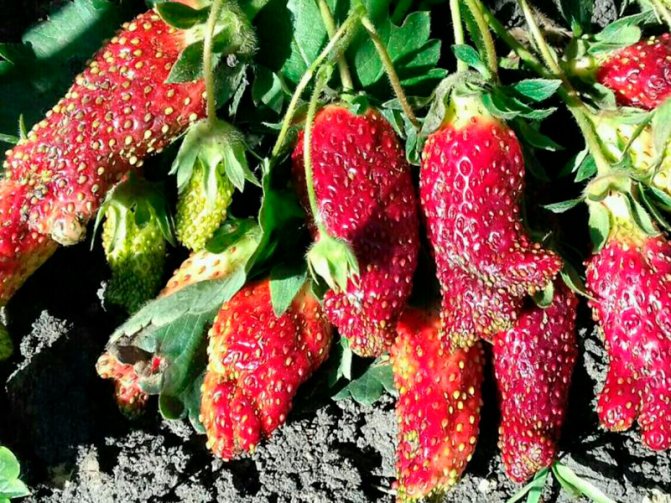

The leaf plates are held on long, strongly pubescent petioles. Peduncles are tall, located on the same level with the leaves, give a lot of boiling white, untwisted flowers of large size. The number of peduncles on one plant is up to 12-15 pieces, each with about 8-10 ovaries.
Merchant's berries deserve special attention: they are large, cylindrical in shape, similar to ruby medallions. There is a neck, the skin color is dark red. The color is uniform, the achenes stand out well on the surface of the berries. The lower part is comb-like, with "horns".
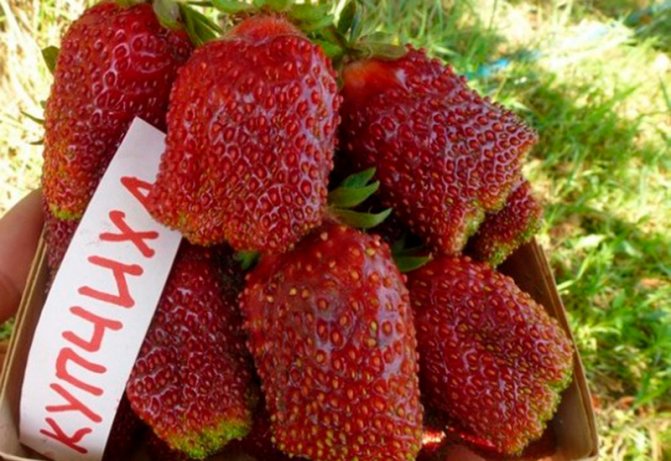

The mass of the largest specimens is 18-20 g, on average, berries are 7-10 grams. The pulp is the same color as the skin, slightly juicy, dense in structure. Taste - rich sweet, pleasant, there is a pronounced aroma of nutmeg. There is no sour. Tasting score - 5 points out of a possible five.
The variety keeps its shape perfectly, due to its dense structure it is suitable for freezing, making jam. The fruits do not creep, remain intact, which makes the preparations (preserves, compotes, jams) presentable.
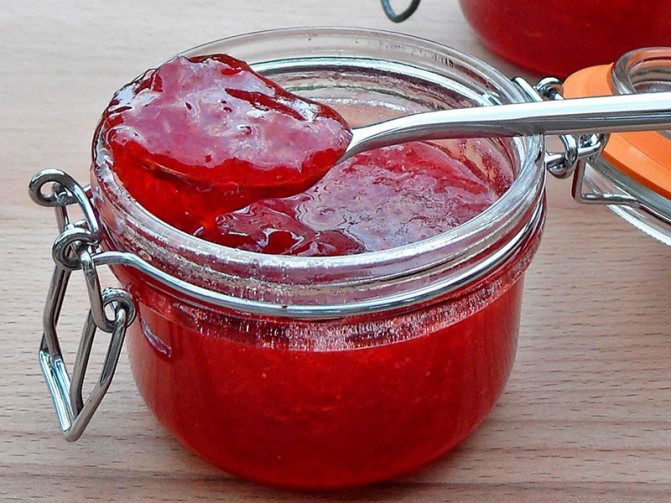

This dugout belongs to the non-renovated species, the purpose of the berries is universal. High indicators of winter hardiness are noted, average - in relation to heat and drought. Keeping quality and transportability are good.
Features of agricultural technology
The yield indicators indicated in the description are achieved only with proper crop care. The species is unpretentious, winter-hardy, but this does not mean that plants can be left without attention and care. The more careful the care, the higher the sweet yield.
Site selection and preparation
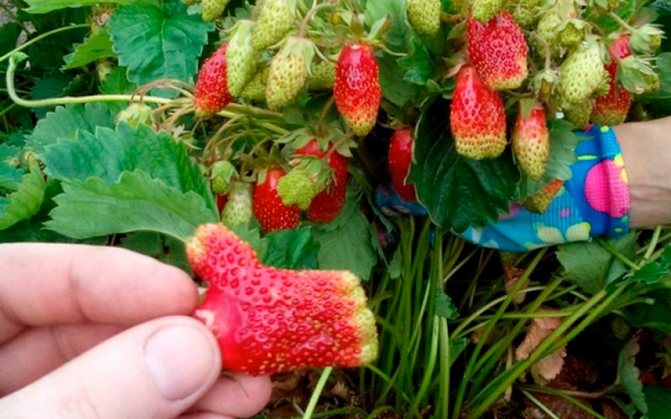

The dwarf is grown on open ground ridges. Many are interested in where to plant an amazing crop. The variety is demanding on soil fertility, grows better and gives a high yield in areas well-lit by the sun. Light partial shade is allowed, but one must be prepared for the fact that fruiting will begin later. The best soils are light loams with a pH of 6.5-7 (neutral).
On a note! On acidic soils, dolomite flour and chalk are introduced 1-2 years before planting the culture.
In low-lying areas and with a close passage of groundwater, high-quality drainage is provided. The ridges are dug up in the fall (when planting seedlings in the spring) or in the summer (if the dugout is planned to be assigned to a permanent place in September or October).
Compost, humus or well-rotted mullein (5-6 kg), wood ash (0.5 l), superphosphate (20 grams) are introduced. The rates are given for an area of 1 square meter. These fertilizers can be replaced with complex mineral fertilizers (nitroammophos, nitrophos).
Landing
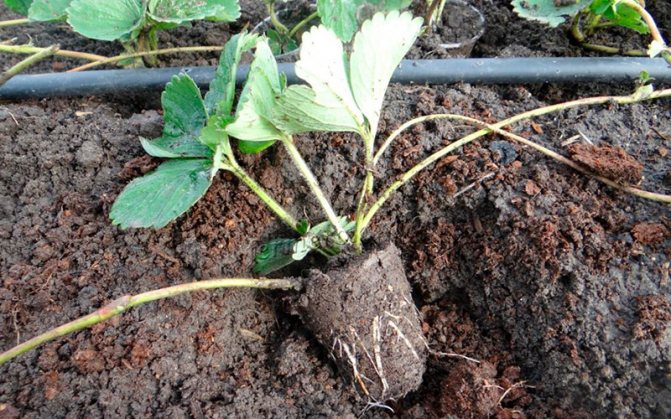

Time is determined based on the climatic features of the area. In the middle lane (Moscow region) and in the northern regions, it is better to plant the earthworm in the spring, in April or early May. In the southern regions - in the fall. Roots rooted in July for the next season will give a good harvest of berries, and when planted in autumn and spring, only a few peduncles will appear on the plant. The main fee will be in a year.
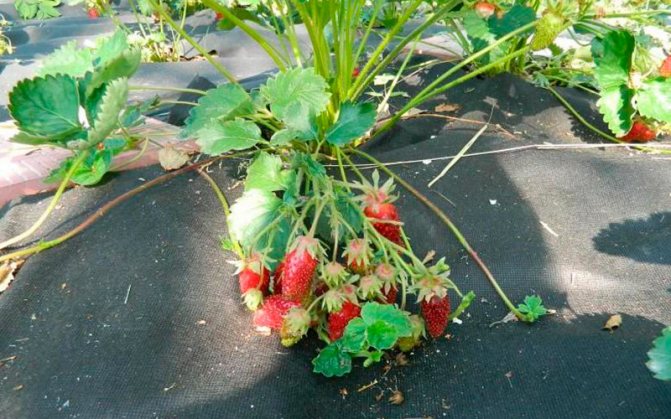

For reproduction, the "merchant" dug-out uses cuttings of adult bushes, rooted whiskers (rosettes). Seed for rejuvenation is rarely used, the method is too laborious.
Pay attention to the predecessors of the culture in the beds. You can not plant seedlings after vegetables of the nightshade family (potatoes, tomatoes). Landing is done in lines (single or double) or carpet. Approximate layout: 50 × 30 cm, so that the bushes have freedom, good lighting, sufficient area for food.
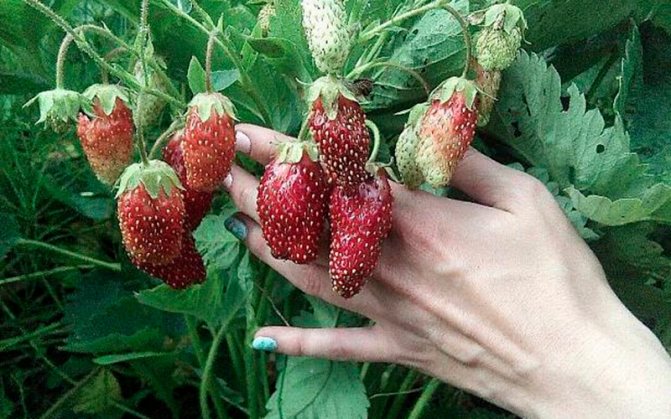

Carpet planting has some advantages:
- weeds grow less;
- easier care;
- plants are almost not affected by frosts due to dense placement in the garden.
On a note! When planting seedlings, the "heart" should be at the same level with the soil surface. Deepening and high planting are detrimental to bushes.
Testimonials
Grigory: “A merchant's wife was treated to me by a neighbor for the first time. The berries came to my taste, the next year they appeared on my site. The bushes yield excellent crops and are easy to care for. ”
Ekaterina: “I adore strawberries, my children enjoy them with pleasure.I strive to constantly offer them something new, so I plant different varieties. I especially like the merchant's wife, because she is very sweet, has no sourness. My little daughter eats them with pleasure. "
Nikolay: “I liked the fact that it can be transported without any problems. When I lay out the product at the point of sale, buyers are immediately attracted by the wonderful aroma. The taste is also beyond praise, so strawberries are sorted out very quickly. Since it is easy to care for it, I do not have to spend a lot of time on it. Berries with sourness are not to everyone's liking, but many people like such sweet ones. "
Care of the dugout
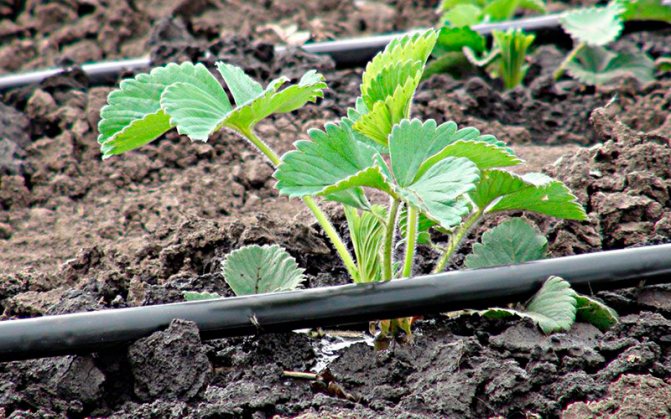

All the same standard manipulations are performed with the planted plants, including the following techniques:
- regular watering;
- fertilization;
- pruning bushes, plant renewal;
- preventive treatments for infections and pests;
- preparation of the dugout for wintering.
There is no particular difference in the agrotechnology of growing earthworms and garden strawberries. But since the hybrid forms are distinguished by increased productivity, it is required to apply additional fertilizing in increased doses.
Water it sparingly, thoroughly moistening the soil (to a depth of 15 cm). The culture loves water, but does not tolerate its excess. It is important to determine the rate taking into account the age of the plants, the stage of vegetation, type of soil, weather. But in any case, the soil should not be allowed to dry out, as this reduces the sweetness of the berries.
It is advisable to water in grooves or holes, avoiding moisture on the leaves, outlet, flowers and berries.
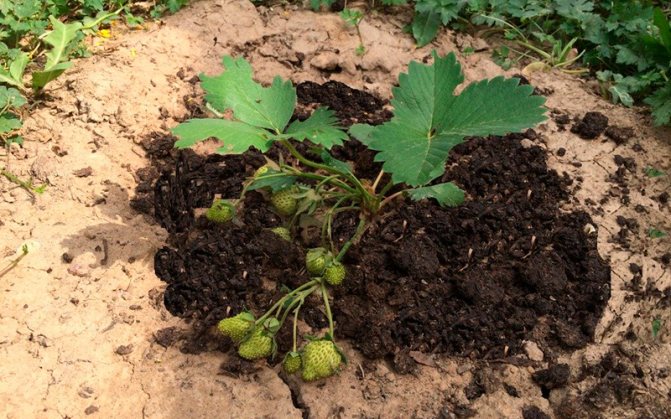

The hybrid is demanding on nutrition, therefore, during the growing season, 4-5 dressings are carried out. Frequency - once every 2-3 weeks. In the early stages of growing (before flowering), plants need nitrogen. For spring feeding, a diluted (1:10) mullein or a solution (1:20) of bird droppings is introduced.
From the moment of fruit setting, priority is given to potassium and phosphorus supplements. An infusion of ash is used (a liter is diluted in a bucket of water and kept for about a day), a superphosphate solution (40 grams of fertilizer are taken for 10 liters). During fruiting, feeding is carried out twice.
The bushes are fertilized with nitrogen after harvest and potassium-phosphorus compositions before wintering. The culture responds well to the introduction of specialized complexes: Gera, Kemira in autumn.
To increase yields, get sweet berries, foliar dressing is recommended:
- boric acid and potassium permanganate solution (0.2%) - before flowering;
- zinc sulfate solution (3 grams of the drug are diluted in a bucket of water).
It is especially important to feed the dwarf on a leaf in cloudy cool weather, when the absorption of nutrients by the roots is very slow and unproductive.
Prevention of diseases and pests
Summer residents o - a hybrid resistant to diseases and insect damage. But do not forget about prevention, since it is a shame to lose a ripening crop due to a sudden infection or an insidious strawberry mite.
To prevent fungal diseases, plantings are treated with copper-containing agents:
- Speed;
- Bordeaux mixture (use 1% solution);
- HOM.
Processing is carried out in early spring and before the flowering of the culture. At the same time, the bushes are sprayed with insecticide solutions: Intavir, Aktara, Aktellik. Pretreatments help prevent attacks by strawberry mites, weevils.
The usefulness of the earthworm
The most important quality of this hybrid is its high content of useful elements. In particular, the fruit of the Merchant's wife is rich in vitamin C. As you know, this vitamin helps to strengthen the immune system. Therefore, the use of berries of this variety protects the body from diseases and damage by pathogens.
Berries are very useful for people suffering from diseases such as gout, arthritis, rheumatism, etc.Also, it is useful to use strawberries for the prevention of diseases of the cardiovascular system.
Picking berries
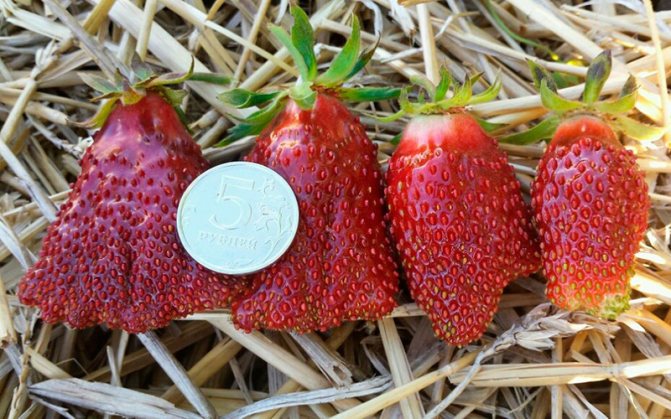

In terms of ripening "merchant's wife" is a mid-season hybrid, berries ripen from mid-June. From a bush, 300-400 grams of beautiful sweet fruits are harvested.
Don't worry if you can't harvest on time. Berries on the bushes do not crumble, do not rot, only slightly wither. Such "raisins" are quite suitable for making delicious compotes and jams. The shelf life of the dugout in the refrigerator is 8-20 days without losing its shape and taste.
Reproduction
Hybrid varieties can only be propagated with a mustache:
- choose healthy and strong bushes;
- strong mustache with horns are pinned to the ground, the rest are removed;
- as soon as the horns take root, they are separated from the mother plant;
- when the young ones get stronger, they are transplanted to the selected site.
Propagating by seeds is impractical, since all varietal characteristics will be lost.
Interesting! Flowers are bisexual. To get a good harvest of berries, it is necessary that there are female and male bushes in the garden.
Preparing for winter
Breeders especially note an important characteristic of the culture - increased winter hardiness. Plants can withstand severe frosts (up to minus 25-30 degrees). Thaws are more dangerous when, when the temperature changes, the bushes end up on the surface of the soil. The root system freezes, which leads to lunges in the garden.
Therefore, it is advisable to mulch the plantings with coniferous branches, straw, crushed rotted sawdust when cold weather sets in. The layer should be 7-10 cm. Do not cover the planting too early, as the roots of the plants will vytryut and the earthworm will die.
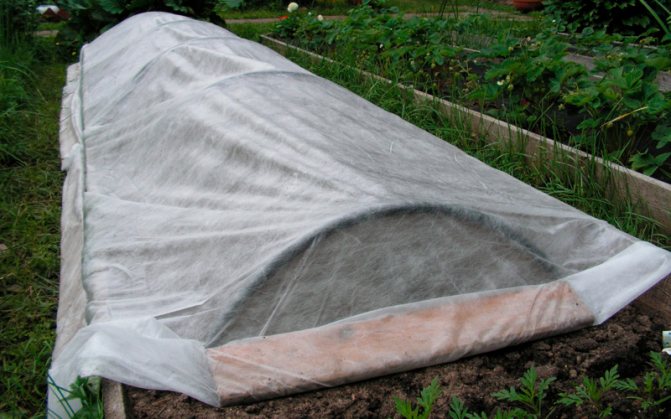

On a note! It is convenient to use as a cover for beds of an arc with a film or non-woven fabric. From above in winter they are sprinkled with snow.
Landing
The seedlings are planted in fertile soil, which is pre-fertilized with a mixture of coal, superphosphate and ammonium nitrate or humus:
- dig holes, the depth of which corresponds to the size of the root system;
- build a small mound of loose soil at the bottom, place a seedling on it, gently straighten the roots;
- seedlings in pots are planted by the transshipment method so as not to damage the root system;
- the hole is covered with earth, making sure that the heart is located at the level of the soil;
- the earth is tamped, trying not to damage the roots;
- the bush is carefully watered;
- when the water is absorbed, the earth is gently loosened or mulched with needles, hay, sawdust.
Planting is carried out in early spring or early autumn. There should be a distance of 30 cm between the bushes, at least 50 cm between the beds. It is good to plant the bushes in a checkerboard pattern, then they will receive a sufficient amount of sunlight.
